As previously mentioned, the thermal data was the result of averaging 7 mounts of each block. Each mount was tested for 2×2 hour sessions where the temperature delta between coolant and CPU was averaged over the last 90 minutes of the 2 hours. This meant over 28 hours of data logging per block. Based on taking a ton of data on the first block, we therefore expect the margin of error to be around +/- 0.125C.
TIM Spread Struggles
TIM spread was a huge problem with several blocks during our testing. The motherboard used for testing (Asrock X399M) uses the Lottes socket, and from talking to manufacturers it seems that most product testing was actually done on FoxConn, with only a few testing both sockets. It’s possible that the Lottes socket requires a slightly different block mounting height and that with precision mounts being used that this difference is large enough to cause some blocks problems. However without testing on a foxconn socket we are simply not sure if these are design or manufacturing flaws with the following blocks.
The worst offender is the Bitspower block which barely made contact with the Threadripper IHS at all. Even coating the IHS with a massively thick layer of TIM yielded this ugly mess which was the best we could do:
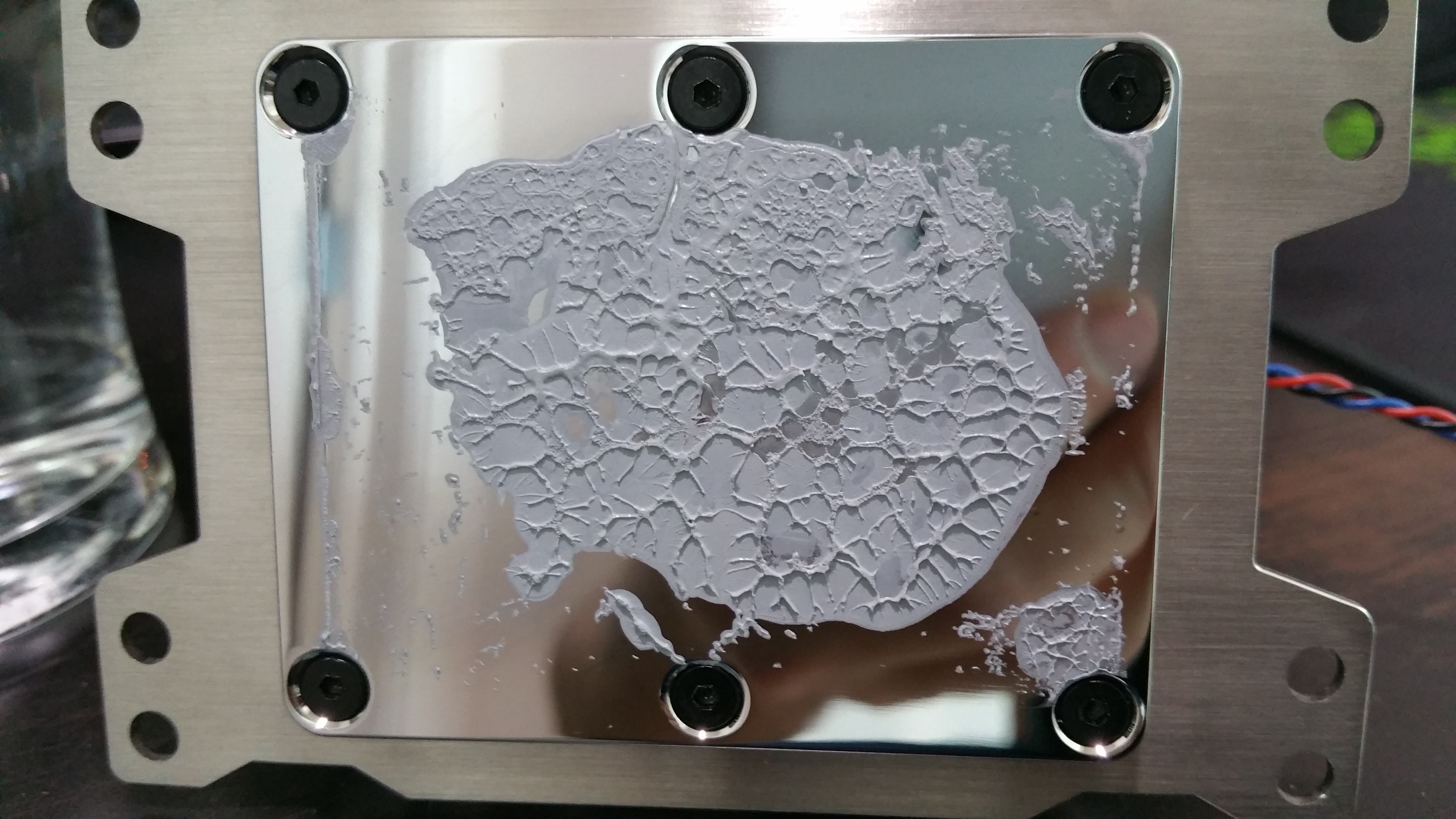 In addition our first sample of the AquaComputer NEXT block struggled to get a good TIM spread. A second sample corrected this and performed ~5C better, although the TIM could have been thinner still. We would have liked to have tried additional mounting pressure, but we could find no parts that were compatible that would achieve this. We have shown only the better result of the two samples in our plots below as we assume the first sample was either damaged in shipping or had a defect. Here is the TIM spread of the first sample – to get good coverage of the IHS a thick layer of TIM needed to be used:
In addition our first sample of the AquaComputer NEXT block struggled to get a good TIM spread. A second sample corrected this and performed ~5C better, although the TIM could have been thinner still. We would have liked to have tried additional mounting pressure, but we could find no parts that were compatible that would achieve this. We have shown only the better result of the two samples in our plots below as we assume the first sample was either damaged in shipping or had a defect. Here is the TIM spread of the first sample – to get good coverage of the IHS a thick layer of TIM needed to be used:
The Alphacool block had a decent TIM spread:
Out of the EK blocks – the Plexi had issues making contact on one side of the block. There was no apparant reason for this.
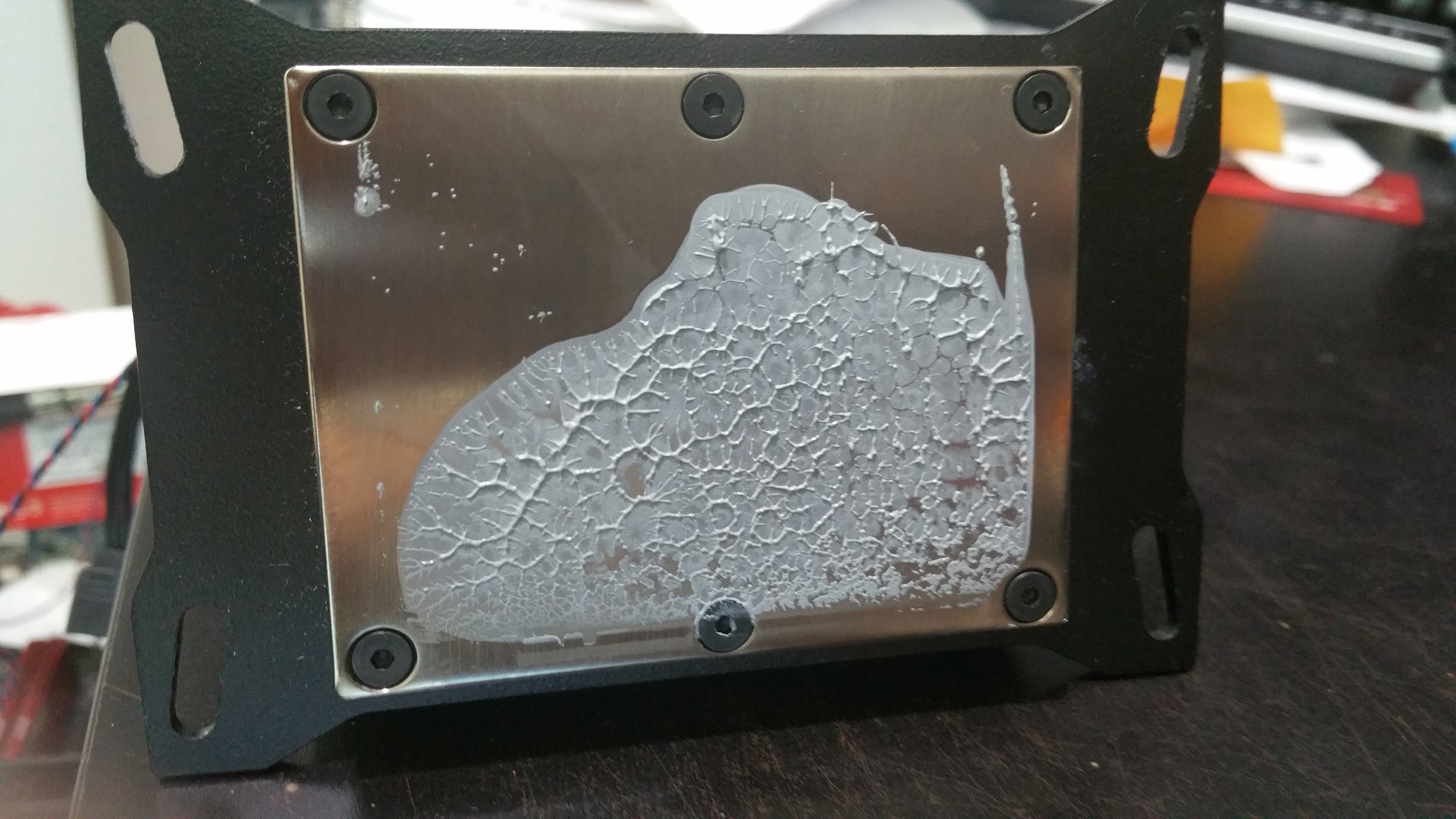 The Acetal and Full Nickel made better contact, but still required a thicker layer of TIM than should be necessary to get good contact between block and IHS.
The Acetal and Full Nickel made better contact, but still required a thicker layer of TIM than should be necessary to get good contact between block and IHS.
Using additional washers to increase pressure enabled a thinner layer of TIM to be used and performance to be increased. The modified thumb nut stack is also shown:
The Watercool, XSPC, Koolance and Alphacool blocks mounted well and gave good TIM spreads. XSPC and Koolance were both fairly flat, while Watercool was slightly more bowed. This is the Koolance TIM spread showing a good thin area of TIM in across much of the IHS:
The lesson from all of this is that checking your TIM spread on Threadripper is of paramount importance. A good thin even TIM spread should be achievable and if it isn’t there may be a problem with your block.
Thermal Results
So with all this in mind let’s take a look at the data:
So firstly – note that the bottom two blocks were based on a single data run. Threadripper is very temperature sensitive, and so when heavily loaded and overclocked it can become unstable if allowed to get too hot. Also know that by “CPU Core temp” we mean the actual TJ of the die, not the Tctl that AMD likes to report.
Bitspower of course had a horrible result as the block barely touched the CPU. Despite our best attempts to communicate the issues with Bitspower we have not received a 2nd sample to test or suggestions on how to improve performance. For now we simply advise staying away from this block.
Note that because the Alphacool Eisblock XPX was opened and especially because the restriction measured poorly we can assume that a fresh block will perform differently. However as Alphacool did not send a new block we had to test with what we had.
EK as mentioned had mounting problems and we saw clear gains when using additional washers to increase the mount pressure. This put the block within spitting distance of the top performers. In truth the mounting pressure was probably a little high after the washers were added as the spread of results went from being “too loose” to extremely tight. This is best shown by looking at the 99% confidence intervals:
However we have to wonder if performance could be improved further still by narrowing the jetplate opening and using finer channels. In addition EK may benefit from increased XY area of the cooling engine. If we take the results only with good mounts (in order to reduce the mounting error variable) we can see that XY area of the cooling engine appears to correlate with the thermal result:
As always correlation is not causation, there are many other variables at play here, but it’s something to think about for the manufacturers. Afterall, the IHS is partly designed to spread heat, so covering as much of the IHS with channels as possible may not be a bad idea.
So while EK did something different from the herd with the double jetplate, we do think there are some key areas that they could improve performance still, both in terms of mount and the actual cooling engine itself.
AquaComputer also showed that a good Intel block with a mount change can be “only” 6C worse than an optimized block design. This coupled with how sensitive Threadripper is to temperatures means that we would recommend reusing an intel block as only a stopgap measure until you can source a real Threadripper block. Hopefully AquaComputer will finish their optimized true Threadripper only block design soon.
Of the top three, all performed well and all mounted with no problems. Of the three the Watercool block edged out the rest with a small but repeatable thermal lead. We also had a preference for Watercool’s mount. The low profile screws give a clean look to the design and we also appreciate that the screws that seal the block thread into metal rather than the acrylic window that might crack.








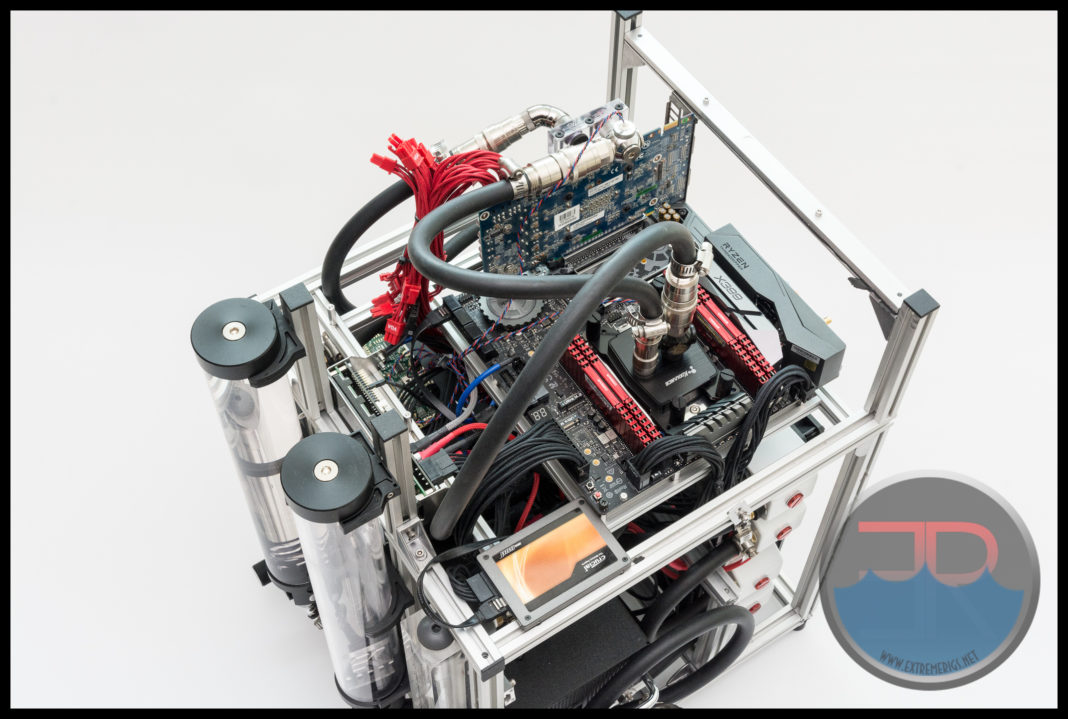
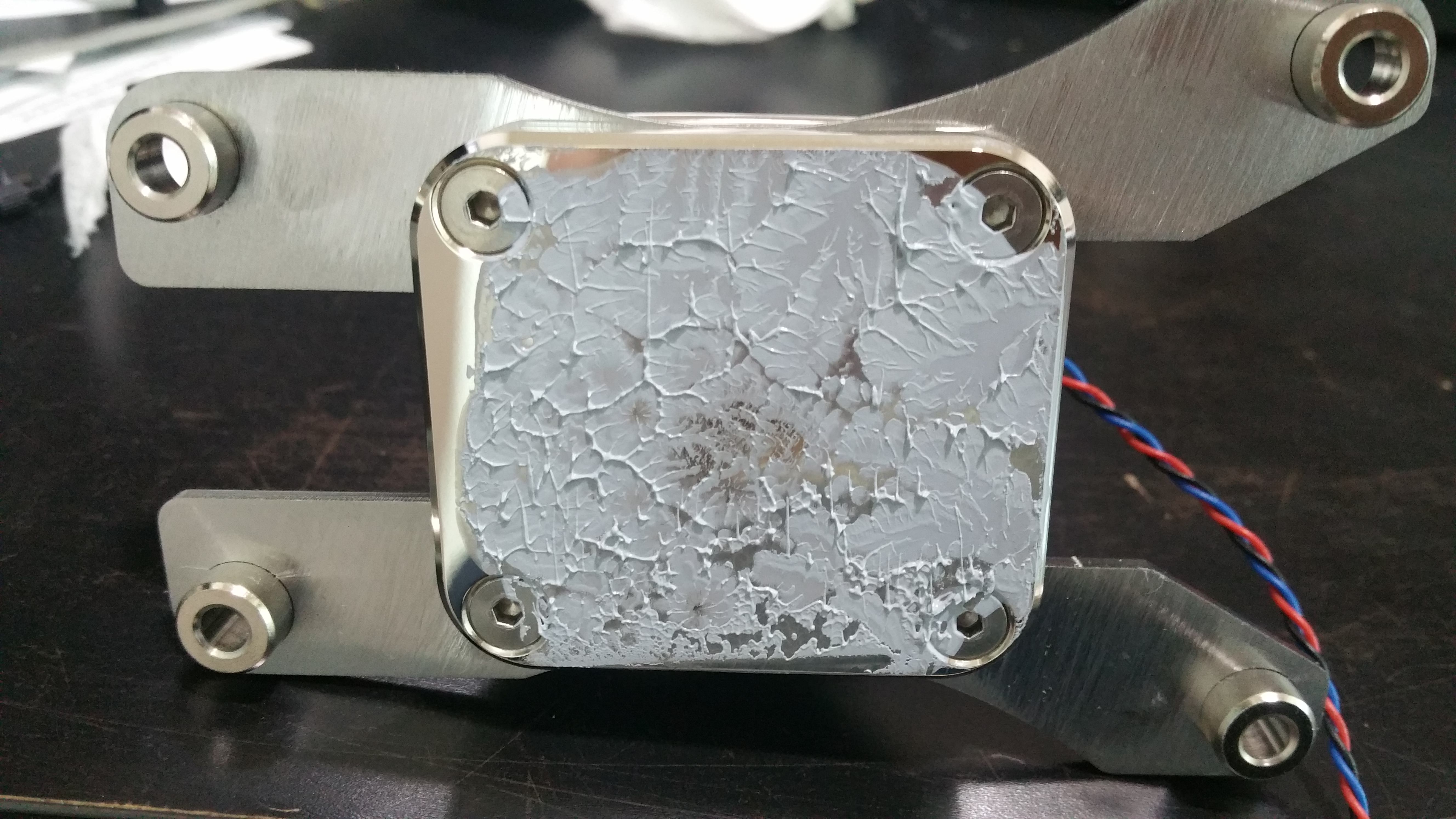
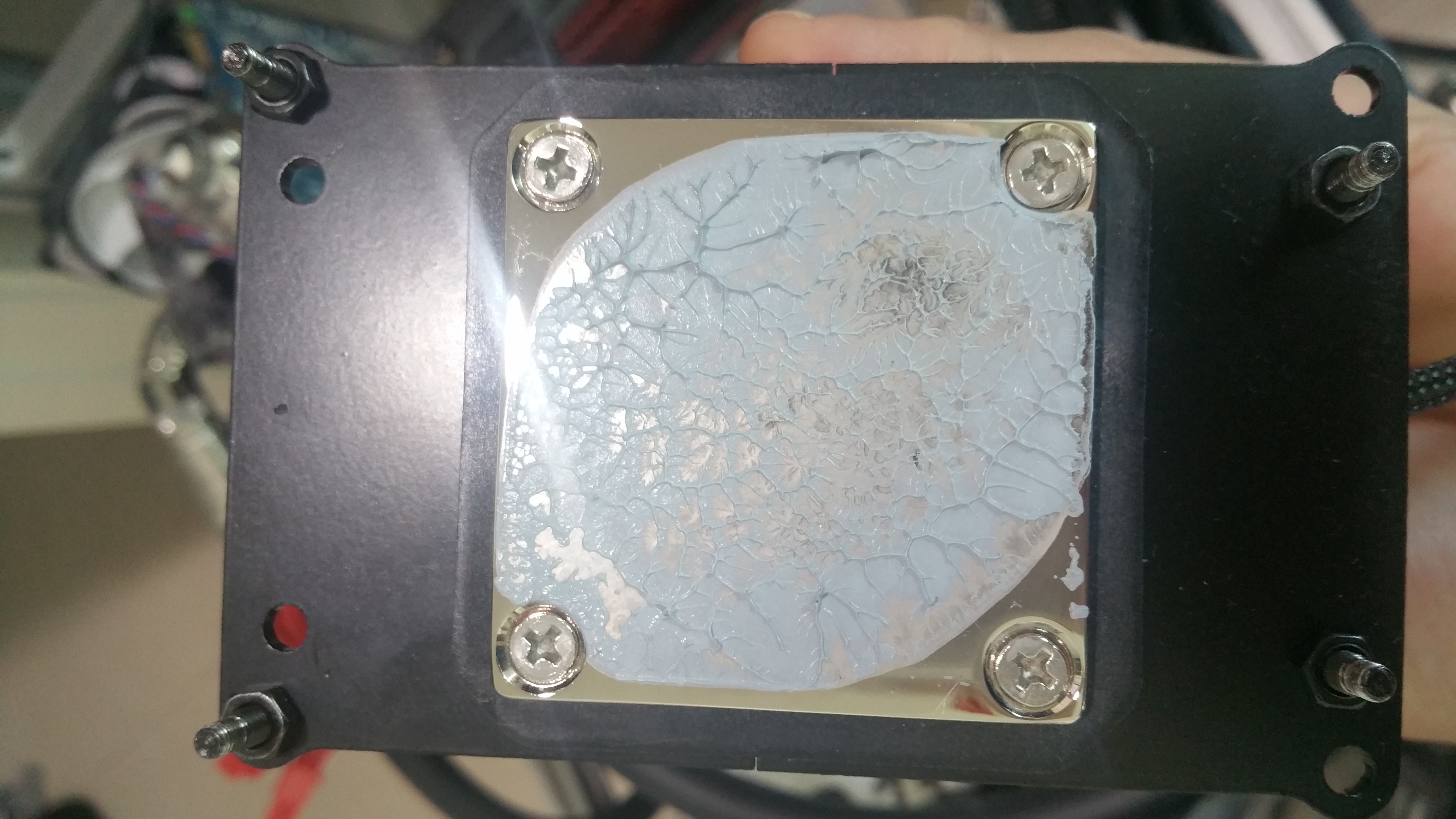
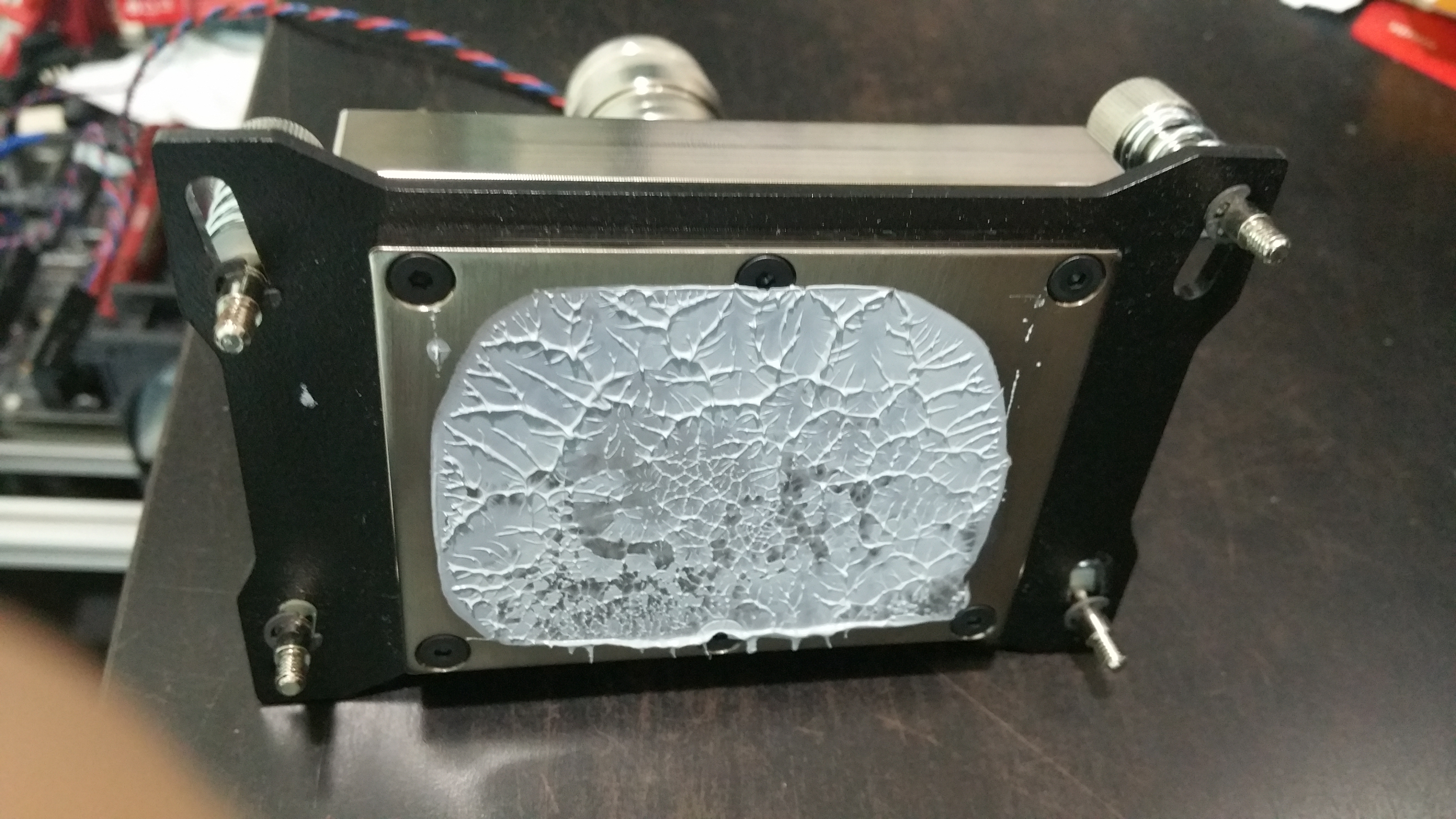
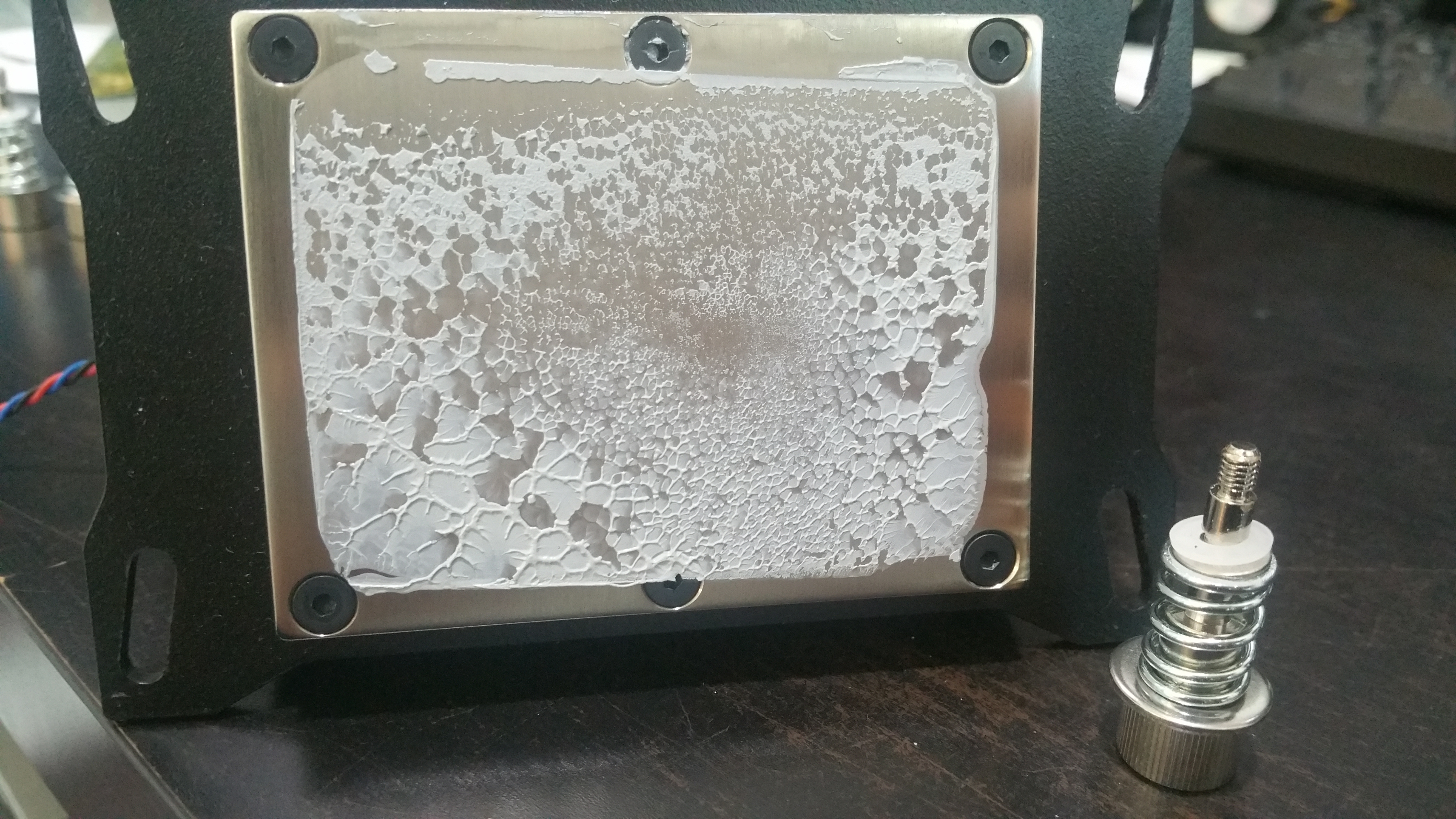
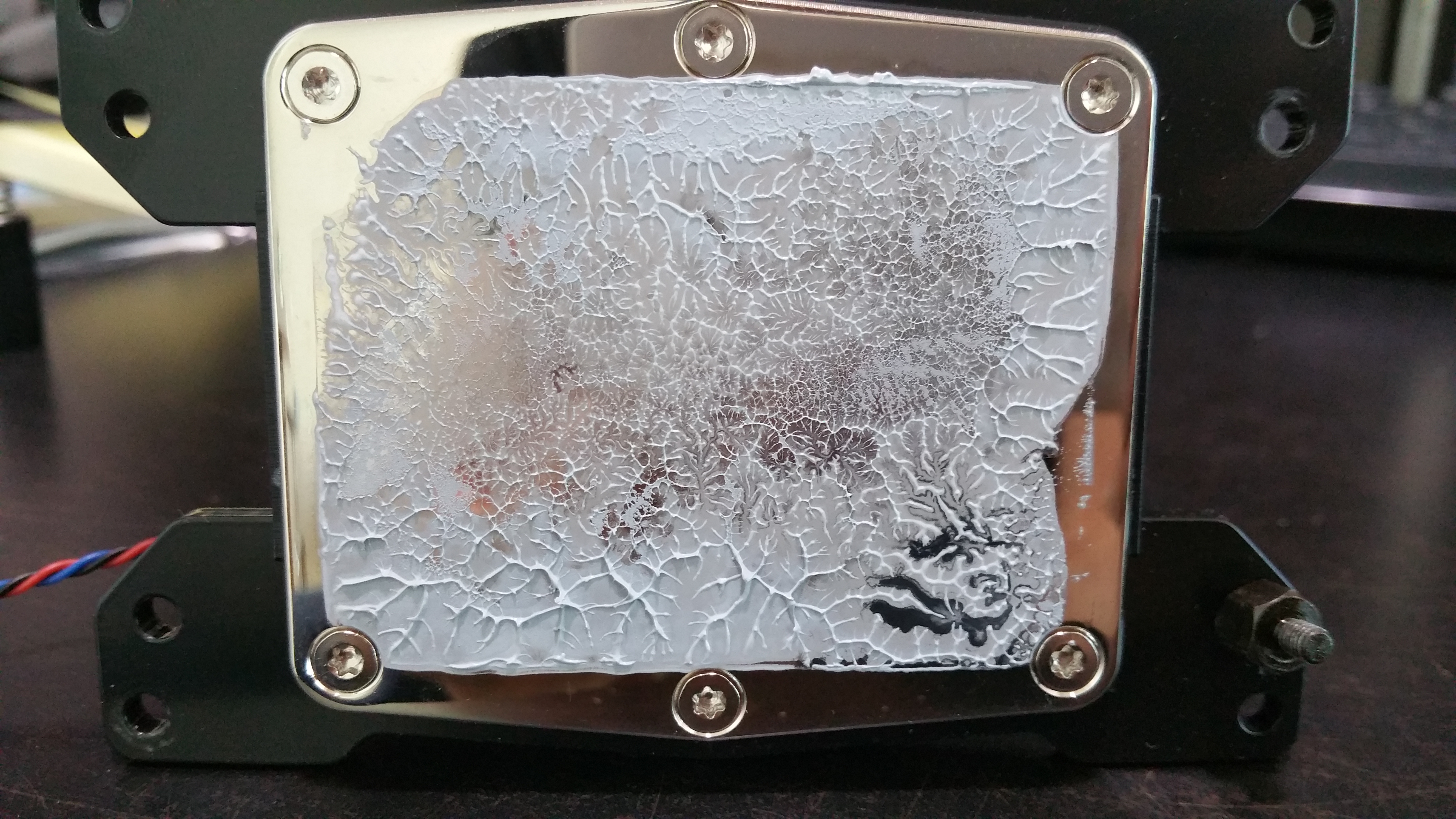
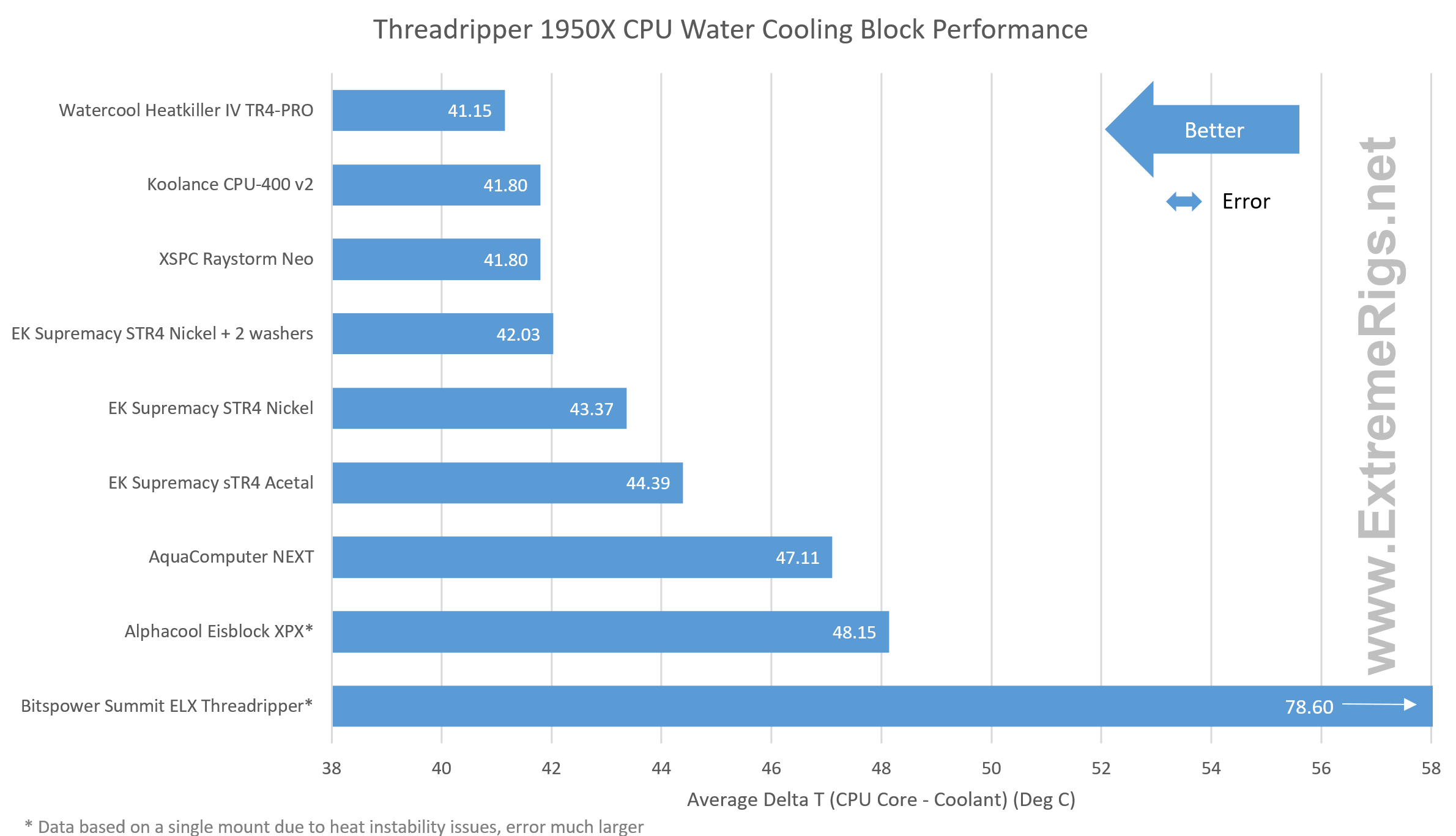
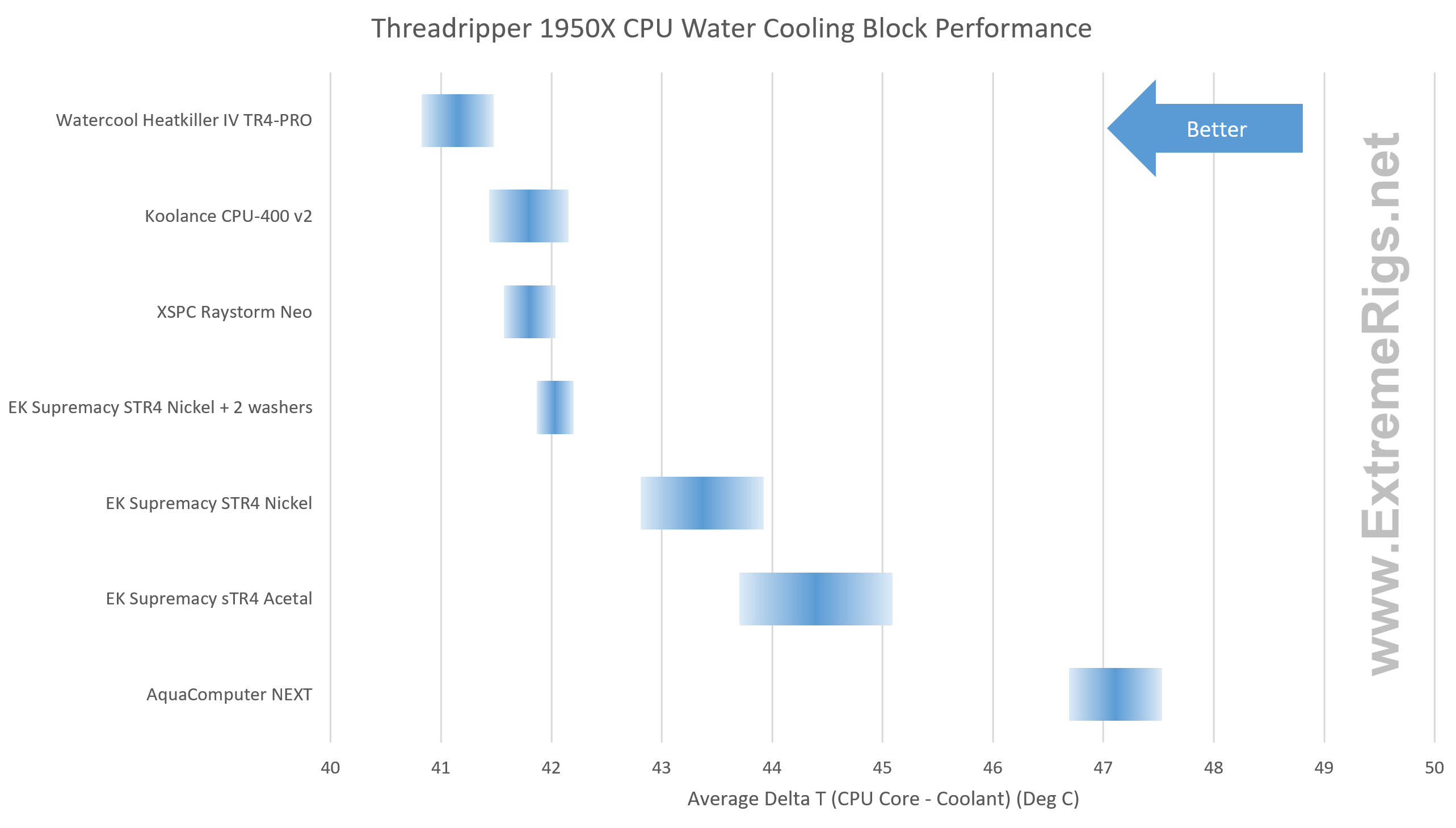
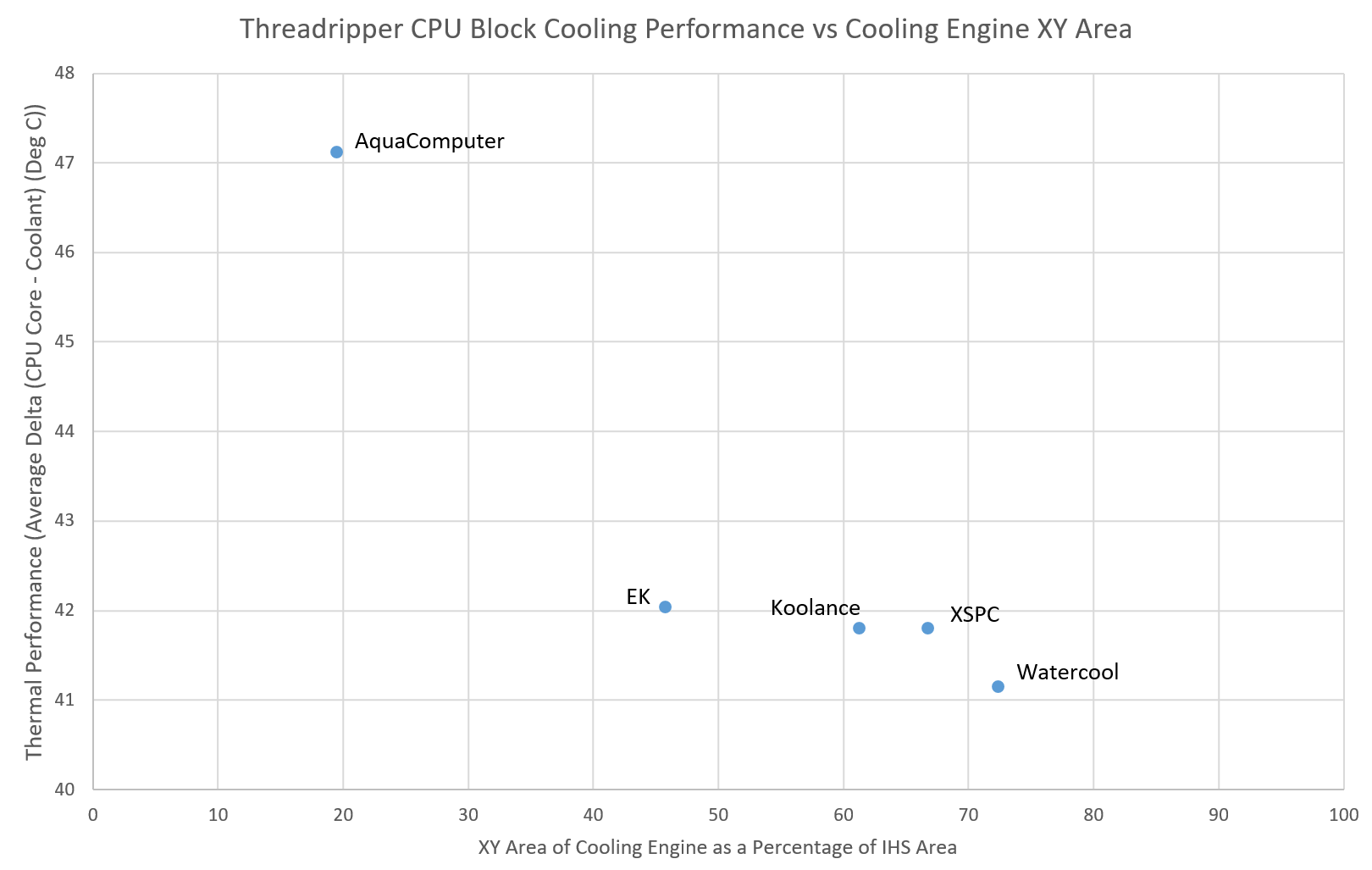



Awesome reviews and love how detailed and simple the articles are, it really helps a lot when coming in choosing different parts which I am currently building, and I am glad I have chosen heatkiller too, athou I am a little worried about the acrylic version overtime while 2990 is in OC status (hot stuff..). fingers crossed.
Comments are closed.